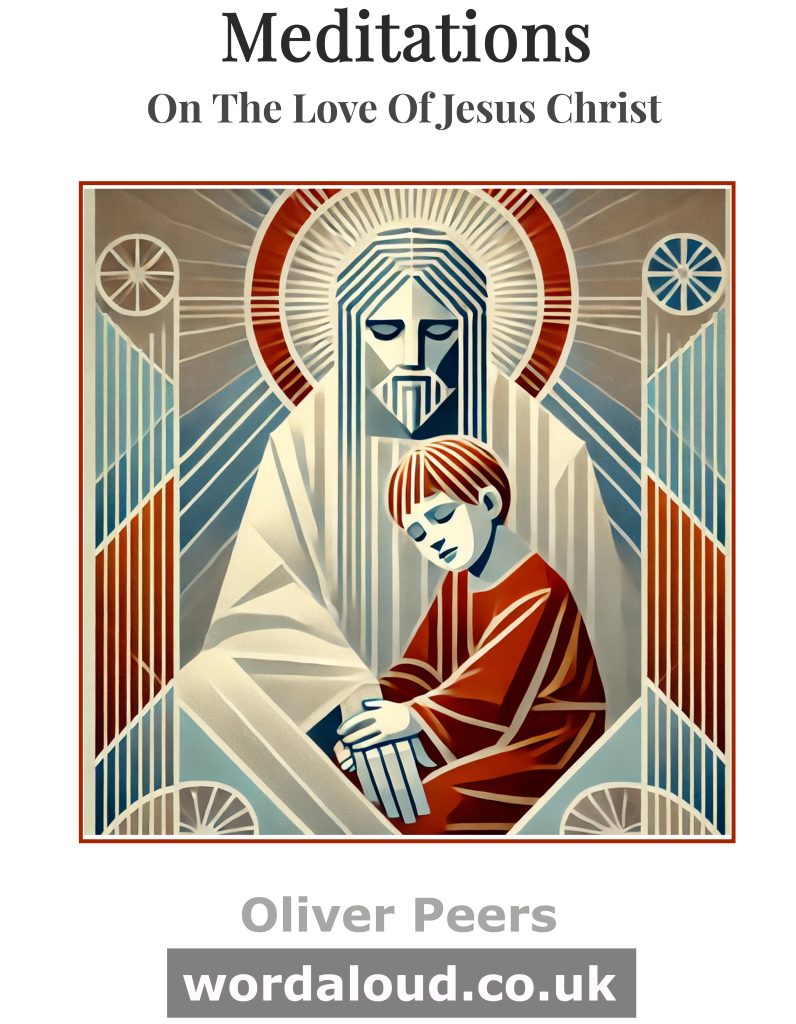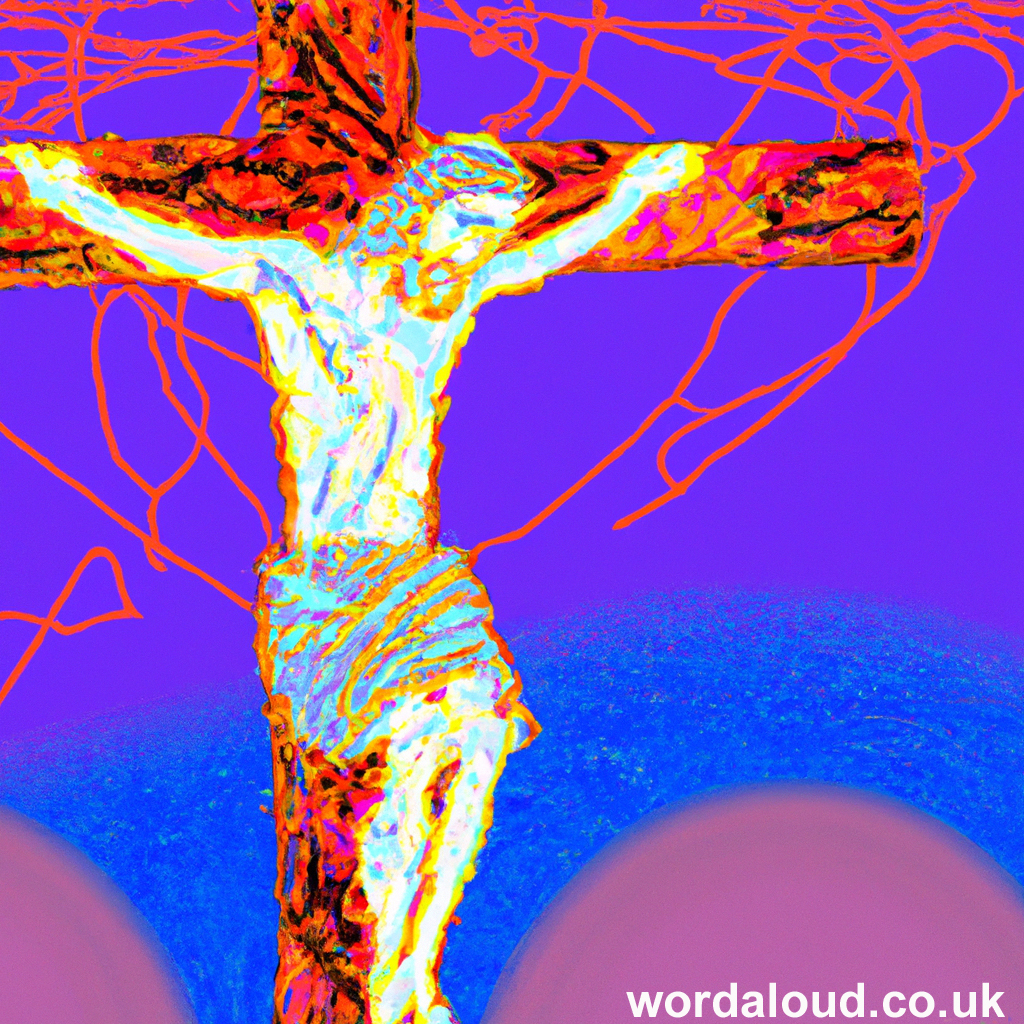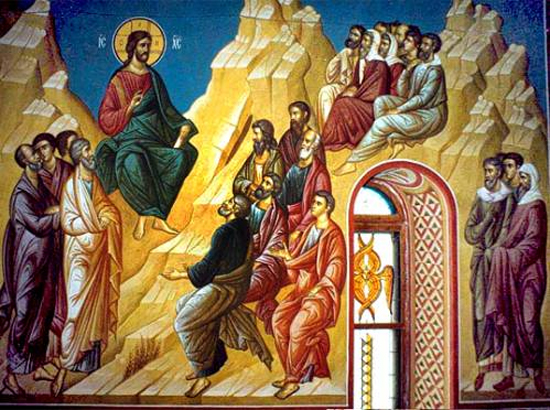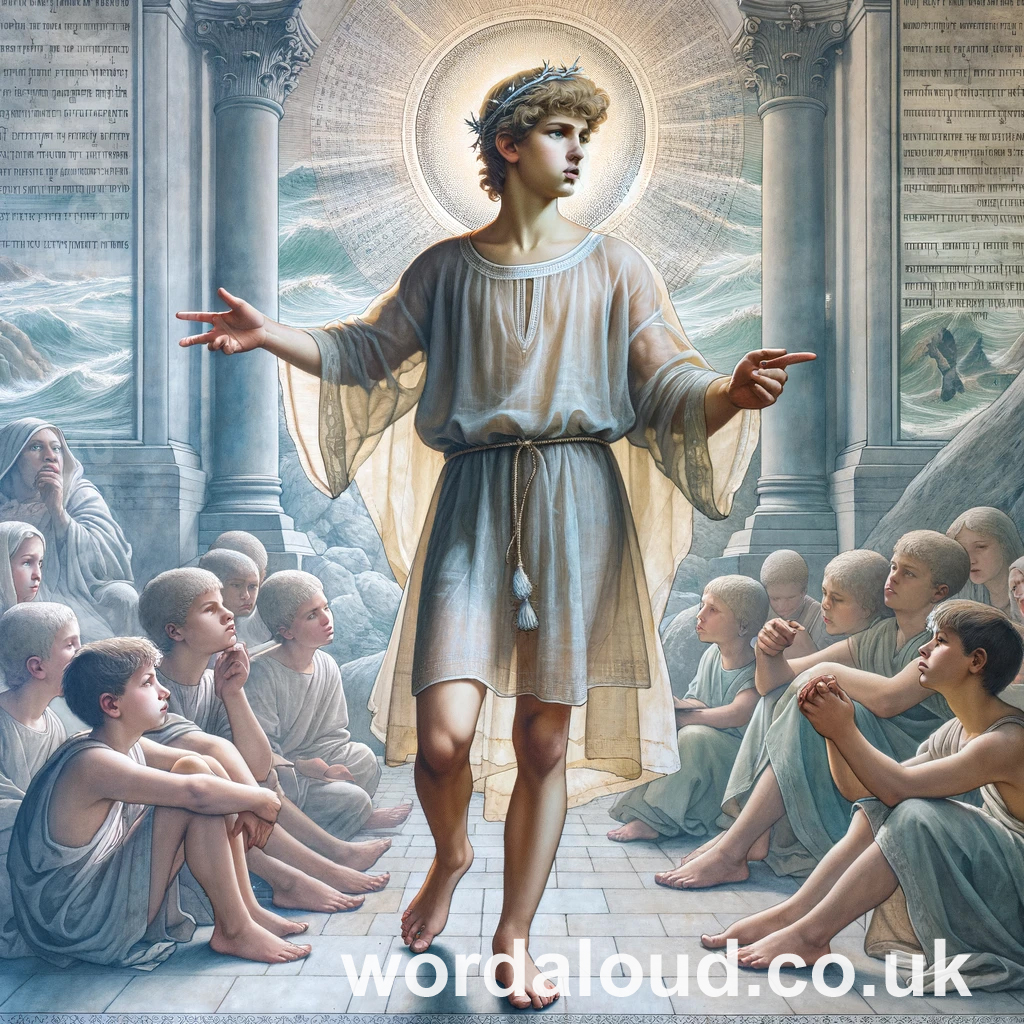Christian Art | Jesus Is Our Spiritual Passover | A Boy At Prayer | Baptism
Office Of Readings | Eastertide Week 2, Monday | A Reading From A Paschal Homily Of An Ancient Author | Pseudo-Chrysostom | The Spiritual Pasch
‘Jesus Christ, our spiritual Passover.’
This ancient Easter homily, by an unknown preacher known as Pseudo-Chrysostom, offers a profound and deeply theological meditation on the meaning of the Christian Passover, that is, the Paschal Mystery — Christ’s death and resurrection — at the very heart of Christian faith and life. In it, the preacher deftly unfolds how the Old Testament prefigurations find their fulfilment in Christ, and how this fulfilment redefines not only salvation history but the daily life of every Christian.
At the heart of the homily is the comparison between the Jewish Passover and the Christian Easter. In the Jewish context, the Passover (Pesach) commemorated God’s dramatic deliverance of Israel from slavery in Egypt. This liberation, marked by the sparing of the Israelites’ firstborn when the angel of death passed over their homes, was foundational for Jewish identity and faith. Yet, the preacher insists, this event was but a shadow of something far greater. The ‘types and images’ of the past were not empty rituals, but preparations for a reality beyond themselves. When that reality — Christ himself — appeared, the symbols gave way to the substance, just as the appearance of a king renders homage to his statue obsolete.
The preacher’s comparison highlights a crucial truth: the superiority of the New Covenant over the Old. The Jewish Passover saved physical life for a time; Christ’s Paschal sacrifice grants eternal life. The first Passover was a rescue from death’s immediate threat; the Christian Passover is a definitive victory over death itself. Through his death and resurrection, Christ has not simply postponed death but broken its power forever. Death is no longer the final word.
This transformation of the Passover is why the early Church, following the apostolic tradition (cf. 1 Corinthians 5:7–8), called Christ ‘our Passover’ (Pascha). His sacrifice is not a partial, temporary rescue, but the gateway into the new and everlasting life — a life that begins now and is fulfilled in the resurrection of the body at the end of time.
The preacher draws special attention to the timing of the feast. In Jewish practice, Passover marked the beginning of the liturgical year, symbolizing a new start for God’s people. Similarly, the Christian Pascha inaugurates a new creation. Baptism, which unites us to Christ’s death and resurrection, becomes for each believer a personal Passover, a movement from death to life. The early Christians saw the Resurrection as the beginning of the ‘eighth day’ — a day beyond the cycles of time, symbolizing eternity itself.
This insight is vital for understanding the Christian life. The year, with its never-ending cycle, is an apt image of eternal life, where there is no end, no decay. Thus, the Resurrection is not only an event in the past but the birth of a new, undying life that already begins in the baptized believer.
Here the sacrament of baptism comes into sharper focus. In the early Church, Easter was the preferred time for baptism, and baptism was understood not merely as a cleansing from sin but as a radical ontological transformation. Through baptism, the Christian dies with Christ, is buried with him, and rises with him to new life (cf. Romans 6:3–5). Baptism is the believer’s personal entrance into the mystery of Easter — the moment when Christ’s death and resurrection are made effective in his or her life.
The homily’s exhortation is, therefore, clear and urgent: if you have been raised with Christ, live accordingly. Understanding the gift of salvation in Christ must result in a decisive break with sin. ‘We have died to sin; how then can we continue to live in it?’ (Romans 6:2) This echoes the entire New Testament’s call to conversion, emphasizing that salvation is not merely a future hope but a present calling: to live in the light of the Resurrection, walking in holiness, joy, and hope.
Moreover, the preacher’s insistence that the Christian must not ‘return to the old life’ resonates strongly with patristic spirituality. Early Christian thinkers, such as Augustine and Cyril of Jerusalem, frequently taught that baptismal grace demands a daily ‘putting off’ of the old man and ‘putting on’ of the new (cf. Ephesians 4:22–24). The new life begun in baptism must grow and be perfected through fidelity to Christ, nourished by the sacraments, prayer, and the works of love.
In a modern context, Pope Francis often reminds the Church of this same reality. In his apostolic exhortation Christus Vivit, addressed especially to young people, he urges Christians to remember that they are not defined by their failures but by their new life in Christ. He calls the baptized to live out the joy of the Gospel, not stuck in the past, but moving forward in hope. Just as the preacher Pseudo-Chrysostom called the newly baptized to leave behind their former lives, Pope Francis challenges Christians today to let the Resurrection shape their identity, choices, and mission.
Finally, this ancient homily invites us to see Easter not simply as a historical event or a liturgical season, but as the very pattern of Christian existence. Easter defines who we are: people who have passed from death to life, who live already in the newness of Christ, and who look forward in hope to the final fulfilment of what we have already begun to experience in mystery.
Thus, the Christian ‘spiritual Passover’ is ongoing. Each day is a fresh invitation to live as Easter people: free from sin, filled with the Spirit, walking in the light of Christ, awaiting the day when faith will give way to sight, and hope will blossom into eternal joy.

A Reading From A Paschal Homily Of An Ancient Author | Pseudo-Chrysostom | The Spiritual Pasch
The Passover we celebrate brings salvation to the whole human race beginning with the first man, who together with all the others is saved and given life.
In an imperfect and transitory way, the types and images of the past prefigured the perfect and eternal reality which has now been revealed. The presence of what is represented makes the symbol obsolete: when the king appears in person no one pays reverence to his statue.
How far the symbol falls short of the reality is seen from the fact that the symbolic Passover celebrated the brief life of the firstborn of the Jews, whereas the real Passover celebrates the eternal life of all mankind. It is a small gain to escape death for a short time, only to die soon afterwards; it is a very different thing to escape death altogether as we do through the sacrifice of Christ, our Passover.
Correctly understood, its very name shows why this is our greatest feast. It is called the Passover because, when he was striking down the firstborn, the destroying angel passed over the houses of the Hebrews, but it is even more true to say that he passes over us, for he does so once and for all when we are raised up by Christ to eternal life.
If we think only of the true Passover and ask why it is that the time of the Passover and the salvation of the firstborn is taken to be the beginning of the year, the answer must surely be that the sacrifice of the true Passover is for us the beginning of eternal life. Because it revolves in cycles and never comes to an end, the year is a symbol of eternity.
Christ, the sacrifice that was offered up for us, is the father of the world to come. He puts an end to our former life, and through the regenerating waters of baptism in which we imitate his death and resurrection, he gives us the beginning of a new life. The knowledge that Christ is the Passover lamb who was sacrificed for us should make us regard the moment of his immolation as the beginning of our own lives. As far as we are concerned, Christ’s immolation on our behalf takes place when we become aware of this grace and understand the life conferred on us by this sacrifice. Having once understood it, we should enter upon this new life with all eagerness and never return to the old one, which is now at an end. As Scripture says: We have died to sin – how then can we continue to live in it?








